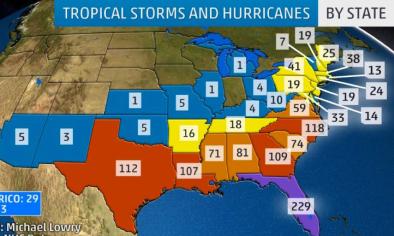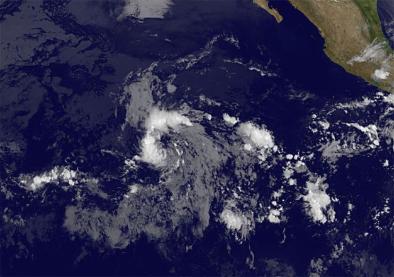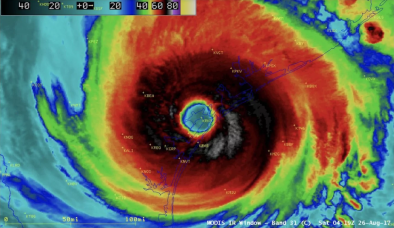2017 Was the Year of the Billion-Dollar Disaster

Climate change is increasing the trend in weather and climate extremes in the U.S. A NOAA/NCEI report indicates that through September, the U.S. has had 15 individual billion-dollar weather disasters in 2017. Only 2011 had more billion-dollar disasters with 16, and that was through the entire year. Even without the final calculations from Harvey, Irma and Maria, the total cost is for 2017 about $25 billion, which is far behind the costliest year, 2005 ($215 billion).
Rather than one type of event focused on one part of the country, this year’s disasters were spread over several regions. Climate change may have worsened some of the events this year, including drought in the northern Plains and wildfires in the West. In a warming world, soils dry out more from evaporation, making droughts worse and further drying out vegetation, which is susceptible to wildfires.
Higher evaporation rates also provide more fuel for hurricanes, allowing them to produce heavier rain. The warming oceans and glacial melt cause the sea level to rise, which translates into a storm surge that is higher and pushes farther inland.
Linking climate change to severe local storms like tornadoes and hailstorms is not as clear. While the warming atmosphere and higher humidity can provide more energy for these storms, the climate change effects on wind shear, another important element in storm development, is still an active topic of research.
Freezes will still happen in a warming world, but warming winters can cause the premature blooming of annual vegetation, such as fruit trees. This raises the risk of damage to crops from a freeze that is not particularly late in the season, similar to what occurred in the Southeast in March.
Related Content





